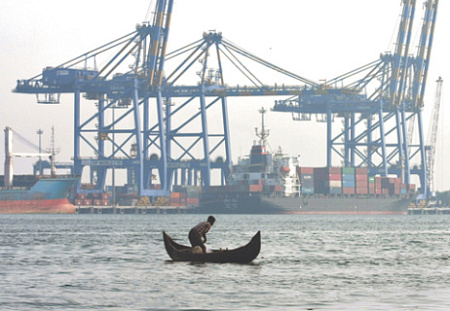
High-stakes trade negotiations between the United States and India in Washington have entered their final, critical stage, with both nations striving to secure a deal before a looming deadline. The talks are centered on India’s push for reduced American tariffs on its key exports, while the U.S. seeks greater access to India’s protected agricultural sector. President Donald Trump has optimistically announced that an agreement could be reached within days, but sources suggest any initial pact is more likely to be an interim measure rather than a final, comprehensive settlement.
The primary point of contention revolves around agriculture. The U.S. is demanding that India open its market to American farm products, including genetically modified organisms (GMOs)—a proposition that New Delhi considers a “red line.” The Indian government, led by Prime Minister Narendra Modi, is unwilling to make this concession, fearing the devastating impact of American competition on its millions of small-scale farmers, who form a significant portion of the nation’s electorate and food supply chain. Consequently, it is widely expected that agricultural goods will be excluded from any immediate agreement.
In return for any market concessions, India is fiercely advocating for preferential treatment for its labor-intensive industries. New Delhi is seeking lower U.S. tariffs on goods such as footwear, clothing, and leather products. These sectors are the backbone of job creation in India, and securing favorable terms for them is a top priority for the Indian negotiators, who see it as essential for their country’s economic stability and growth.
Despite the deep-seated disagreements, both sides are working to bridge the gaps, with discussions reportedly focusing on the specific percentages of mutual tariff reductions. This potential temporary deal is seen as a stepping stone towards a much larger objective set by President Trump and Prime Minister Modi: doubling bilateral trade to $500 billion by 2030. Indian export organizations remain optimistic, with some analysts, like Ajay Sahai of the Federation of Indian Export Organisations, projecting that even a provisional deal could double India’s exports to the U.S. within three years.
The negotiations are being conducted under the shadow of a punitive 26% U.S. tariff on a range of Indian imports, which was announced by the Trump administration and temporarily suspended for 90 days. This suspension period is set to expire on July 9, at which point the tariffs could be automatically imposed if no agreement is reached. While this places significant pressure on India, some sources within the country suggest the impact might be manageable, arguing that the proposed 26% rate is still lower than the tariffs faced by some of its key international competitors.
